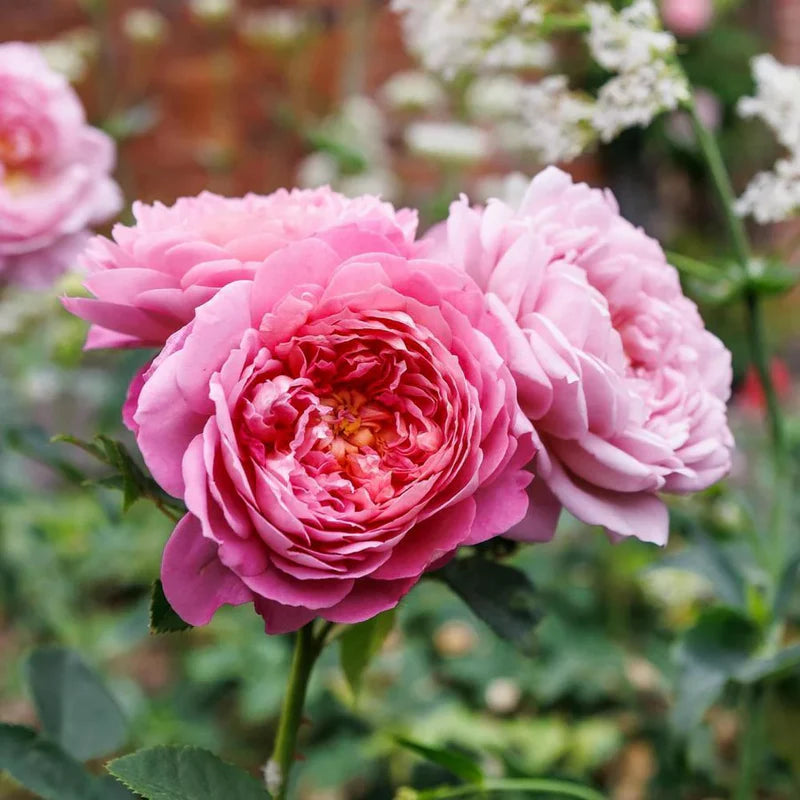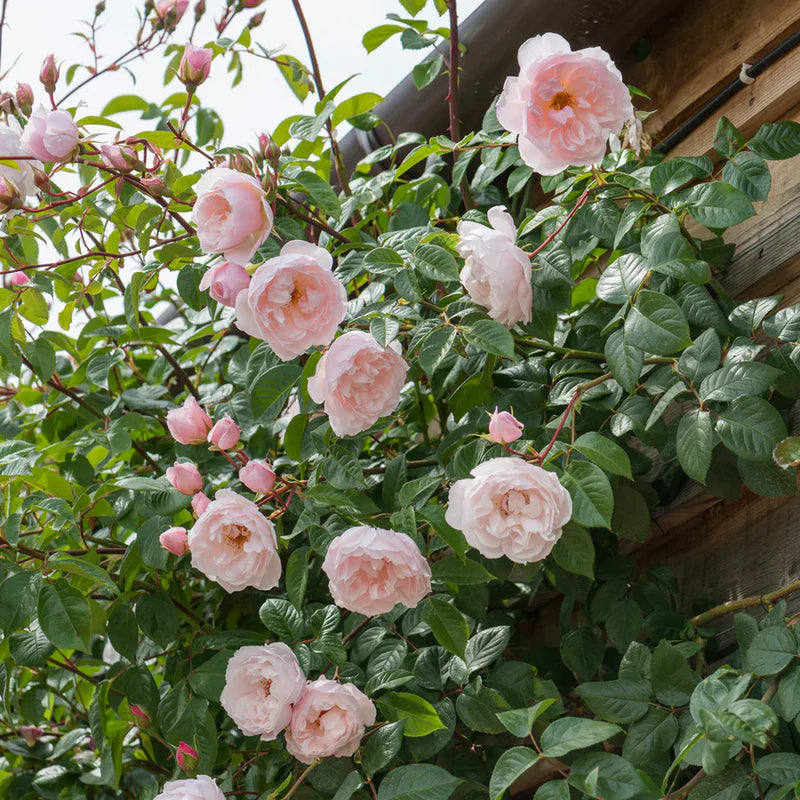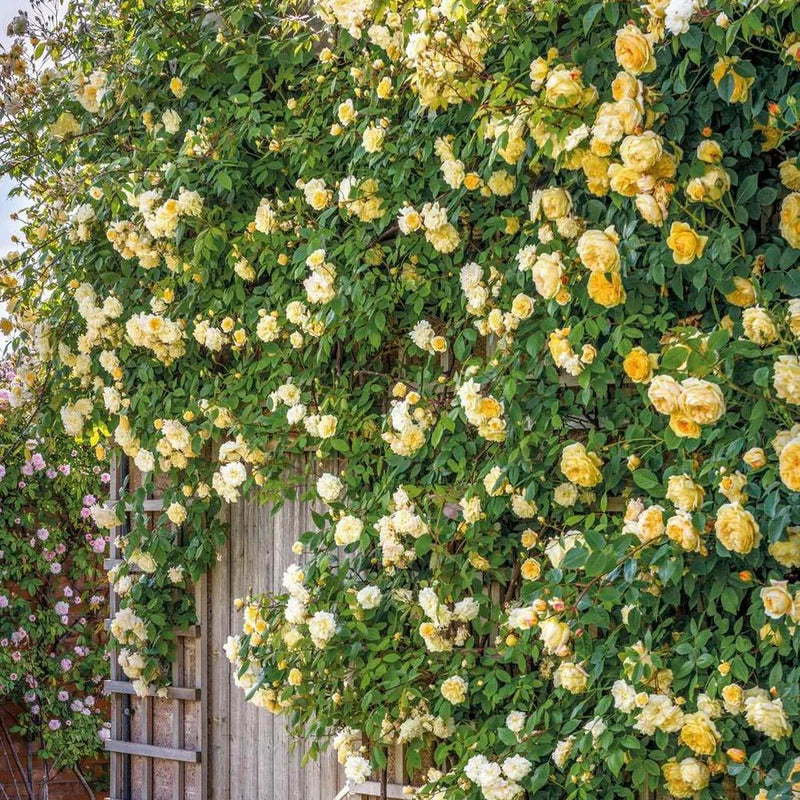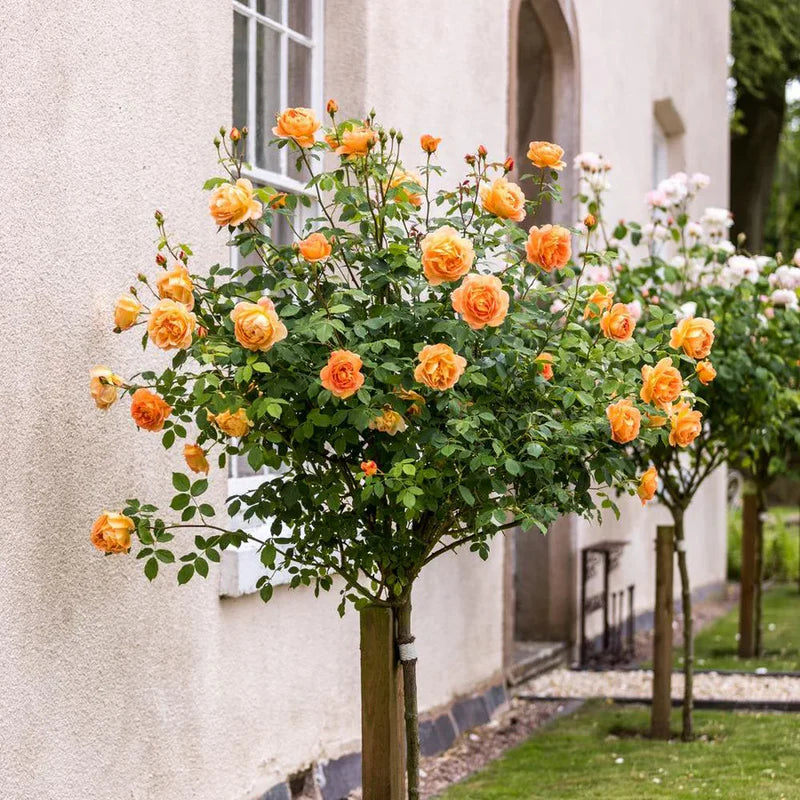Rose Care
-
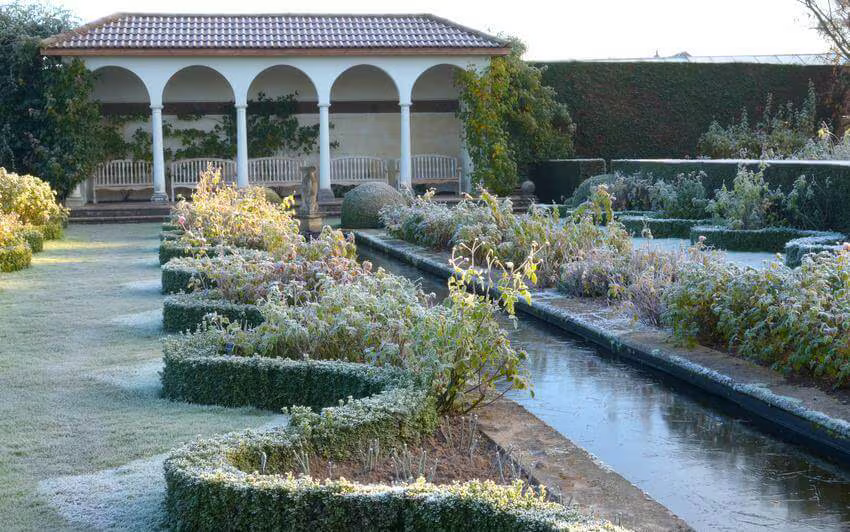 Looking After Your Rose In Winter - everything you need to knowEnglish Roses are tolerant and healthy by nature, and will cope with wintry weather without fuss. Our advice and videos on rose care over the winter will provide you with everything you need to ensure your roses continue to thrive when the warmer weather arrives.Read more
Looking After Your Rose In Winter - everything you need to knowEnglish Roses are tolerant and healthy by nature, and will cope with wintry weather without fuss. Our advice and videos on rose care over the winter will provide you with everything you need to ensure your roses continue to thrive when the warmer weather arrives.Read more -
 The Joy of Growing Roses: The Basics for BeginnersSimple rose care advice and information to help you grow roses, whether you are new to rose growing, or a seasoned gardener, we have all the information and products you need to get your roses planted and thriving.Read more
The Joy of Growing Roses: The Basics for BeginnersSimple rose care advice and information to help you grow roses, whether you are new to rose growing, or a seasoned gardener, we have all the information and products you need to get your roses planted and thriving.Read more -
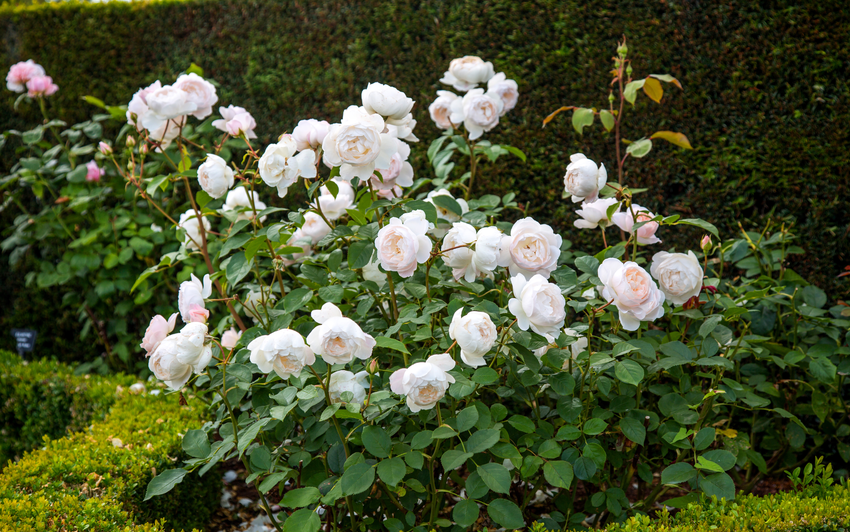 Planting Shrub Roses: How much room do they need?For a successful garden, getting planting distances right is important. Plant shrub roses too closely together and the border becomes overcrowded. Plant too far apart and you will see areas of bare earth between each rose. When planting you want to take into account the grown size of the rose, this means to begin with, while your roses establish themselves, you may see gaps between them.Read more
Planting Shrub Roses: How much room do they need?For a successful garden, getting planting distances right is important. Plant shrub roses too closely together and the border becomes overcrowded. Plant too far apart and you will see areas of bare earth between each rose. When planting you want to take into account the grown size of the rose, this means to begin with, while your roses establish themselves, you may see gaps between them.Read more -
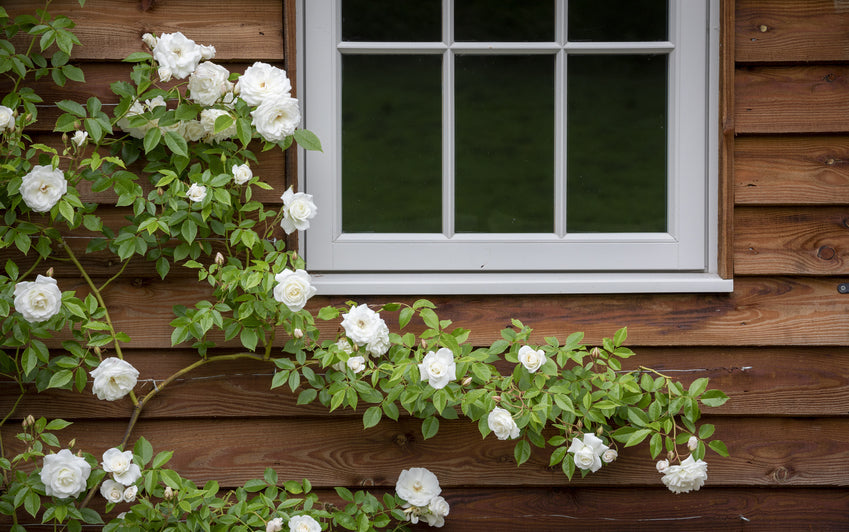 A Guide to Training and Tying in RosesTraining a climbing or rambling rose allows you to direct the growth of your roses for even coverage. However you decide to grow and train your climber or rambler, it will need tying-in to secure it to the support structure. Training climbers or ramblers up structures, such as arches or fences, brings blooms up to eye level, creating a splendid floral feature.Read more
A Guide to Training and Tying in RosesTraining a climbing or rambling rose allows you to direct the growth of your roses for even coverage. However you decide to grow and train your climber or rambler, it will need tying-in to secure it to the support structure. Training climbers or ramblers up structures, such as arches or fences, brings blooms up to eye level, creating a splendid floral feature.Read more -
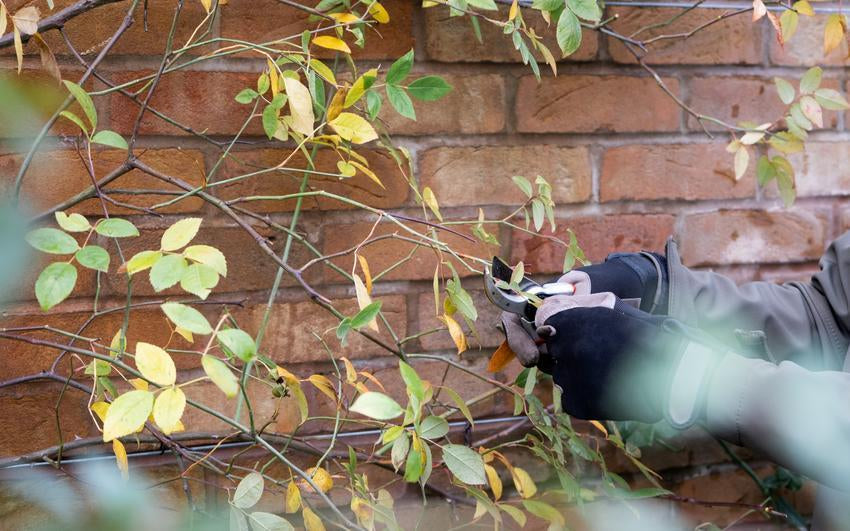 How to Prune Your English Climbing RoseIt’s time to prepare your roses for the year ahead and give them a prune. Ideally, complete this task while the roses are still dormant, usually between January and February. If your roses have leafed and you still have not pruned it is still better to prune, but this may push back the flowering period until later in the season.Read more
How to Prune Your English Climbing RoseIt’s time to prepare your roses for the year ahead and give them a prune. Ideally, complete this task while the roses are still dormant, usually between January and February. If your roses have leafed and you still have not pruned it is still better to prune, but this may push back the flowering period until later in the season.Read more -
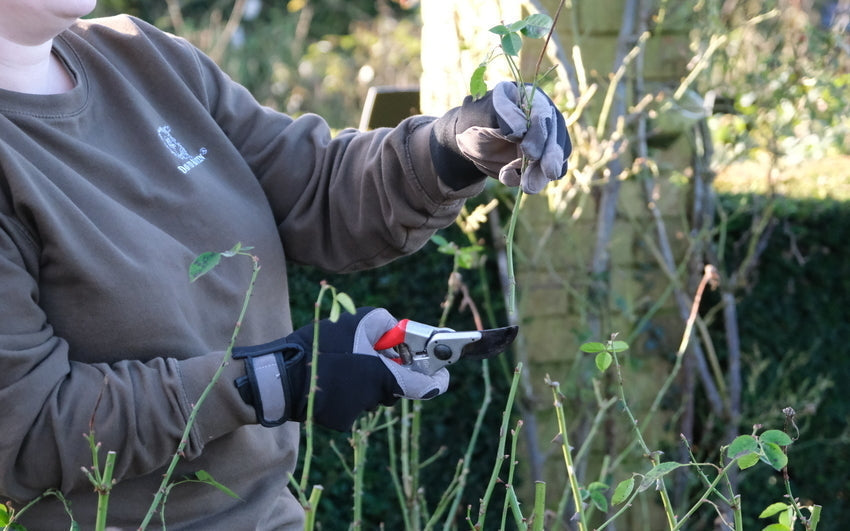 How to Prune Your English Shrub RoseThe main purpose of pruning is to create a shapely, attractive plant, with good coverage and structure, you can do this by simply removing parts of the plant during the non-flowering season. Pruning encourages fresh new growth and plentiful blooms for the following season.Read more
How to Prune Your English Shrub RoseThe main purpose of pruning is to create a shapely, attractive plant, with good coverage and structure, you can do this by simply removing parts of the plant during the non-flowering season. Pruning encourages fresh new growth and plentiful blooms for the following season.Read more -
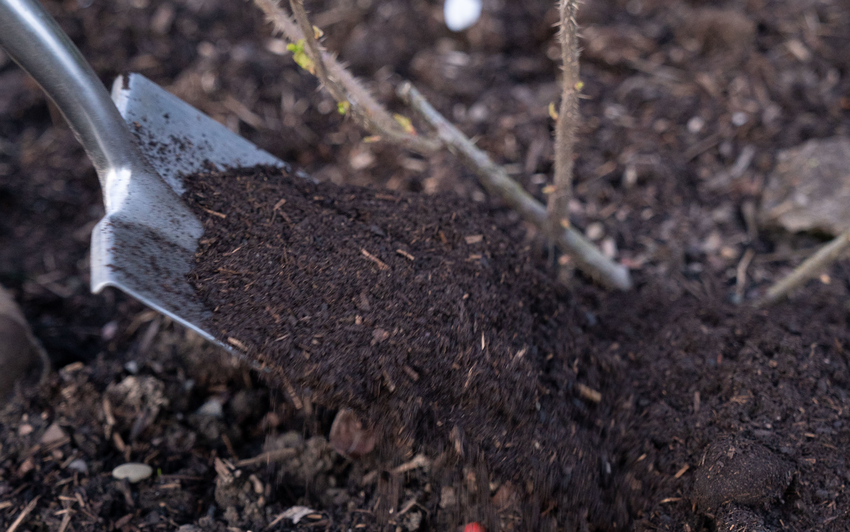 How To Mulch Your RosesMulching is the addition of a protective layer around the base of your roses. This process helps your roses to retain moisture, suppresses weeds and provides valuable nutrients for your roses as they grow.Read more
How To Mulch Your RosesMulching is the addition of a protective layer around the base of your roses. This process helps your roses to retain moisture, suppresses weeds and provides valuable nutrients for your roses as they grow.Read more -
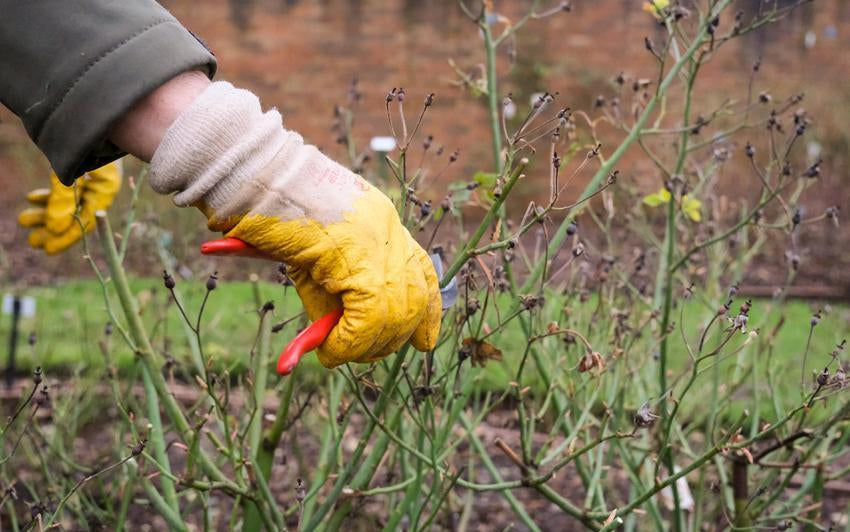 A Guide To PruningPruning is arguably the most important job you can do for your roses. It gives your rose shape, structure and encourages new blooms for the season ahead.Read more
A Guide To PruningPruning is arguably the most important job you can do for your roses. It gives your rose shape, structure and encourages new blooms for the season ahead.Read more

